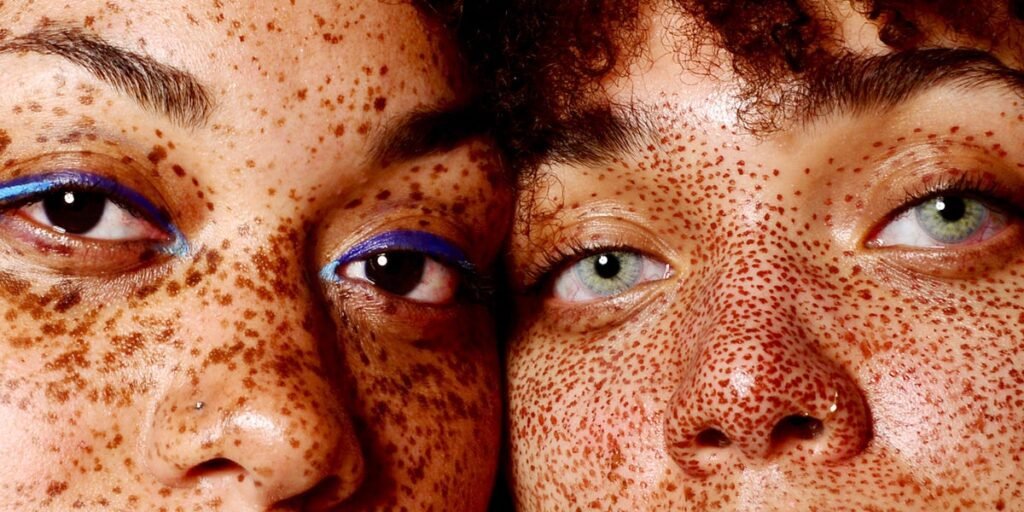Addressing the Latiné Diversity Gap in Dermatology: Why Representation Matters
Introduction
Skin is the largest organ of the body and varies significantly among individuals. Acknowledging the diverse shades, textures, and conditions is crucial for effective dermatological care, yet the field is notably lacking in diversity. As only 4.2% of U.S. dermatologists identify as Hispanic, the disparities in representation directly impact patient outcomes.
The Importance of Diverse Dermatological Care
Unique Skin Conditions in the Latiné Population
- Diverse Skin Types: Skin color within the Latiné community varies widely, from very fair to deep tones.
- Common Conditions:
- Atopic Dermatitis: Affects Hispanics and Latinos at higher rates.
- Alopecia: An autoimmune disease causing hair loss; also prevalent in Latiné individuals.
- Pigmentary Disorders: Conditions like melasma are more frequently observed in Latiné patients.
Understanding these unique conditions is essential. Dr. Mara Velez, a dermatologist based in New York City, emphasizes the significance of shared cultural backgrounds for accurate diagnoses and patient comfort.
Barriers to Dermatological Care
Despite the prevalence of skin issues, Latiné patients often delay seeking care:
-
Delay in Treatment: Research from the Journal of Clinical and Aesthetic Dermatology indicates that Latiné individuals postpone treatment for chronic skin conditions more than their white counterparts. This can lead to compounding issues, including mental health challenges and school absences for children.
- Quality of Care: Patients with dermatologists from similar backgrounds report longer consultations and tailored medical advice.
The Need for Inclusivity in Dermatology
Clinical Trials and Imagery
A significant lack of representation exists not only among healthcare professionals but also in medical education:
-
Insufficient Visual Learning: A 2020 study revealed that a mere 4.5% of clinical images feature darker skin tones. This gap can lead to misdiagnoses, especially for conditions like melanoma, which may present differently on varying skin tones.
- Call for Action: Dr. Stephanie Florez-Pollack, co-founder of the Latinx Derm Directory, stresses the importance of exposure to different skin types during training to prevent underdiagnosis.
Progress Towards Greater Representation
Recognizing these disparities, professional organizations are taking steps to close the gap. Programs aimed at increasing diversity in dermatology include:
-
Pathways Program: Spearheaded by the American Academy of Dermatology (AAD) in collaboration with Johnson & Johnson, this initiative targets high school students and medical residents with a goal of increasing the number of underrepresented dermatologists by 150% by 2027.
- Curricula Development: The AAD has created a specialized curriculum that focuses on skin of color, educating dermatologists about healthcare disparities and implicit biases.
Initiatives for Improved Education and Awareness
Several measures are being implemented to enhance education on varied skin conditions:
-
Clinical Image Libraries: The AAD is curating a library featuring images of common conditions presented on darker skin tones. This initiative aims to equip dermatologists with the knowledge to effectively diagnose and treat diverse patients.
- Rising Numbers: From 2016 to 2022, the number of Hispanic or Latiné dermatology graduates nearly doubled, reflecting a positive trend toward inclusivity.
Conclusion
Bridging the Latiné dermatology gap is not merely a quota-driven endeavor; it’s a matter of health equity. Increasing representation in dermatology leads to improved patient outcomes and more personalized care. A diverse dermatologist pool ensures that all patients—regardless of skin type—receive the quality attention they deserve. As we move forward, prioritizing diversity in skin health will undoubtedly yield benefits for all.
For more insights on improving dermatological care, visit American Academy of Dermatology and Skin of Color Society.


